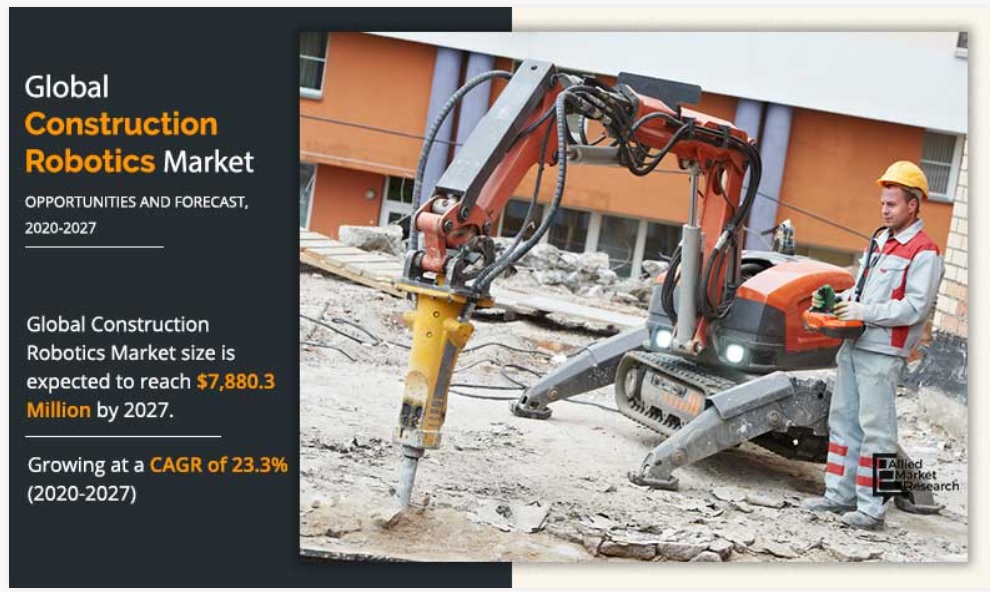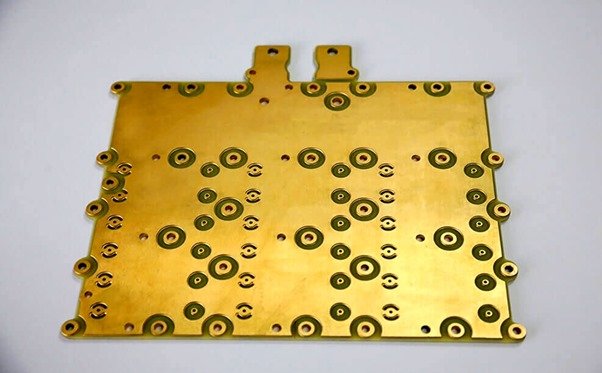Rise in material prices, shortage of skilled laborers, and increased safety requirements and regulations have notably heightened the expenditures of production processes in the construction and manufacturing sectors, says Keyrenter Folsom, a leading property management company. The firms are turning to advanced technology to stay competitive and confirm operational effectiveness. However, integrating robotics into construction is not just about adopting new tools; it is also about solving the industry’s pressing issues.
Addressing Labor Shortages Through the Adoption of Automated Technologies
The U.S. construction industry has a major worker shortage at present. The industry requires 500,000 additional workers to meet the sector’s demand in 2024. However, a paper from Deloitte stated that an increase in transportation infrastructure, clean energy, and manufacturing is expected to be witnessed in 2024. Nearly half of the contractors in the U.S. gave up projects due to a lack of workers. Technologies such as automated bricklayers, drones, and heavy-lifting robotic arms have become notable alternatives to address the skilled labor shortage issues in the construction sector. These machines perform repetitive tasks, allowing human workers to focus on more important aspects of construction.
Robotics also streamlines a project with real-time data collection. Moreover, it improves making decisions and allocating resources. For example, the drone segment has become increasingly popular in the construction robotics market for the implementation of tasks such as 3D mapping, site inspection, and security. Drones provide construction companies with real-time development updates and aerial views of projects with minimal human involvement. Boston Dynamics launched the latest version of its humanoid robot named ‘Atlas’, designed for real-life applications in April 2024. The company aimed to improve automation in tasks like bricklaying and material handling, to counteract labor shortages in the construction sector. Mortenson partnered with a robotics maker in October 2022 for solar projects. The partnership between Orteco and Mortenson’s contractor freed up to 80% of workers to divert their skills to more important business aspects.
Enhancement of Safety and Security Standards Through IoT Integration
Integration of IoT technologies has significantly improved construction project management and efficiency. Applications like location monitoring systems, smart helmets, and alarm systems are installed on sites to observe the laborers’ performance and monitor equipment competence. Moreover, applications of RFID such as automated tracking of pipe spools and on-site inspection provision have also been recognized by researchers. The helmet sensors use a gyroscope and temperature sensors to ensure the safety of the laborers. Hensel Phelps and the University of California created such smart helmets with sensors in 2020. It improved safety in the workspace for employees through real-time monitoring.
In addition, systematic construction management efforts emphasize supervising workers and heavy-duty equipment directly by capturing site information. They provide real-time safety technology using radio frequency wave spectrum to improve the work zone safety issues by alerting laborers. Skanska and Standford University collaborated in 2018 to apply sensing technologies, specifically RFID and real-time location updates to improve safety administration.
IoT sensors installed on equipment like trucks, cranes, and excavators gather real-time information about the machines’ performance, usage, and requirements for maintenance. This data helps with predictive maintenance, which implies that potential issues are identified before they cause downtime. Companies thus understand how to use their equipment and extend its lifespan. Caterpillar announced advancements in their telematics systems in October 2022, integrating IoT sensors into their machinery to monitor performance and maintenance needs. This technology allowed companies to implement predictive maintenance, reducing unexpected downtime and extending equipment lifespan. Moreover, IoT-integrated remote sensors and cameras offer real-time insights into the work progress and site conditions. This is applicable even in hard-to-reach or dangerous areas. Project managers observe remote activities and identify anomalies instantly. The process aids them in making informed decisions without needing to be physically present on the site.
Cost-effectiveness Through Alternative Strategies
Robotics automates repetitive and labor-intensive tasks. Robots are capable of taking over jobs like bricklaying and drywall installation, saving labor costs up to 80%. These systems help reduce waste and optimize resource use by improving precision in material handling and application. Moreover, robots work without fatigue, accelerating project timelines. Using robotics shortens project schedules, leading to faster completion and lower overhead costs. Furthermore, robots help minimize the risk of injuries on job sites, which results in lower insurance premiums and fewer costs related to worker compensation claims. This keeps workers safer and converts into significant cost savings for construction companies. Moreover, robotics enhances the quality of work by reducing human error, which leads to fewer instances of rework. Research from the Lean Construction Institute shows that automation reduces rework by over 50%, positively impacting project budgets and timelines. The integration of robotics into construction not only addresses labor challenges but also paves the way for more efficient and safer building practices.
For instance, the SAM100 robot lays bricks at a rate of up to 3,000 bricks per day, significantly higher than the average human mason. A case study by the company, Construction Robotics, showed that using SAM100 reduced labor costs by approximately 50% and improved project timelines, allowing projects to be completed up to 25% faster. Moreover, ACT conducted a project using robotic arms for concrete 3D printing, which led to a 30% reduction in material costs and a 40% decrease in labor costs compared to traditional construction methods.
Final Lines
With only 55% of construction companies currently utilizing robotics, there is a substantial opportunity for growth and innovation in this space. The strategic adoption and integration of robotics to improve efficiency and safety invariably increases productivity in building and manufacturing. To achieve rapid progress and utilize the full potential of robotics, it is thus essential for the industry to continue investment in R&D and apply innovative operational strategies.
✍ **𝑨𝒓𝒕𝒊𝒄𝒍𝒆 𝒘𝒓𝒊𝒕𝒆𝒓: Saranya Ganguly
Author’s Bio:

Saranya Ganguly is a B2B writer with extensive experience in crafting research-driven content. Her interests concern sustainability, BFSI, and technology. The knack for blending insights and statistics with creative flair motivates her to deliver engaging, and impactful write-ups. She specializes in web articles, newsletters, promotional pieces, and LinkedIn briefs, helping businesses articulate their brand voice and value propositions. A master’s degree holder in English and Commonwealth Literature, Saranya enjoys reading in her free time. When not writing, she dabbles in photography and fine art.



